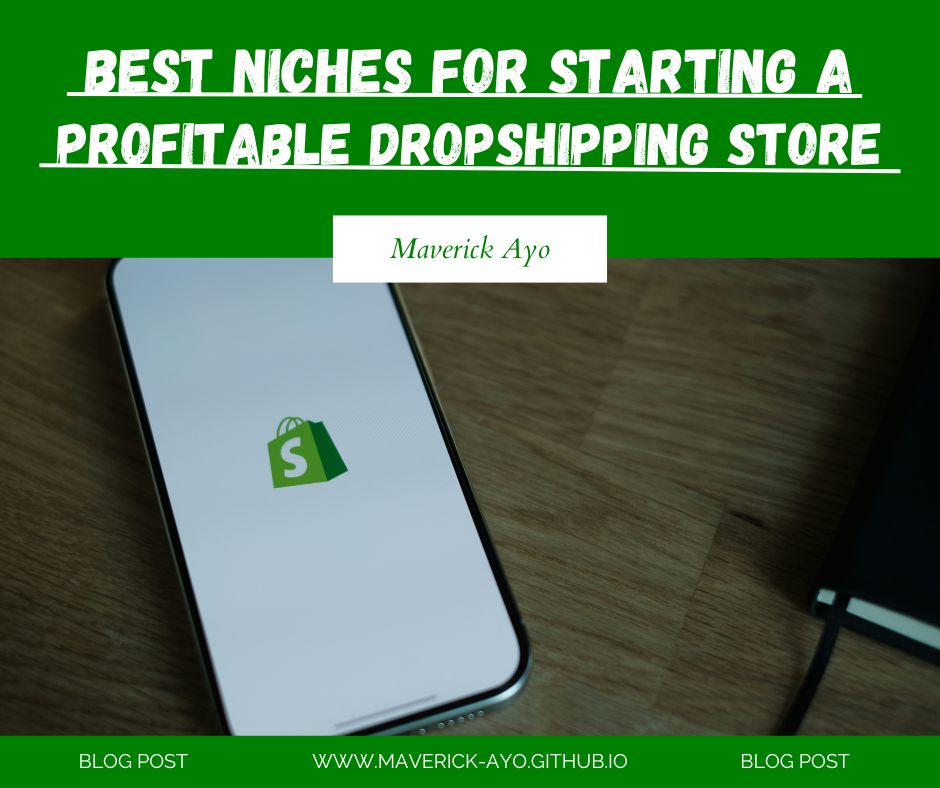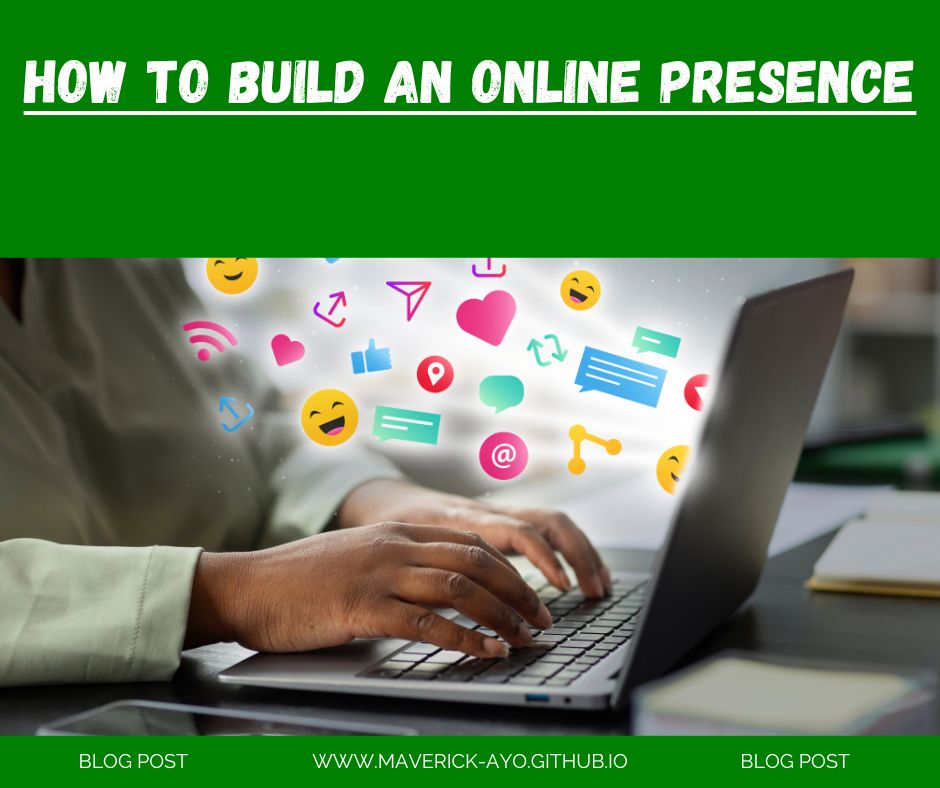
Best Niches for starting a profitable dropshipping store.

In today's digital-first world, having an online presence is no longer optional it's essential. Whether you're an entrepreneur, freelancer, small business owner, or content creator, your success depends heavily on how visible and trustworthy you are online. In this guide, you’ll learn exactly how to build a strong online presence from scratch even if you’re just starting out.
If you’re just starting out or feeling overwhelmed by the endless digital possibilities, don’t worry. This guide will walk you through how to build a strong online presence from scratch, step by step.
Before setting up websites or social profiles, it’s important to define a clear brand identity. This includes understanding our mission, values, tone of voice, and visual style. A strong brand identity helps us stay consistent and connect with the right audience.
Think about what makes our brand different. What do we want people to remember when they come across our content? Defining this early lays the foundation for every digital platform we use.
A website is the heart of any online presence. It’s the one place we fully control and where we can present our message without distractions. A clean, mobile-friendly, and fast-loading website helps establish credibility and makes it easy for visitors to learn about our products, services, or content.
We should include key pages such as Home, About, Services or Portfolio, Blog, and Contact. Also, optimizing our website with relevant keywords, proper headings, image alt text, and internal links boosts search engine visibility—bringing in organic traffic from Google.
Content is the engine of digital visibility. High-quality, helpful, and consistent content allows us to attract, educate, and convert our audience. Whether we’re writing blog posts, filming videos, or sharing infographics, our content should always aim to provide value and solve real problems.
We can use keyword research tools like Ubersuggest or Google Keyword Planner to identify what our audience is searching for. Writing informative blog posts around those topics helps us build authority and drive traffic over time.
Social media platforms allow us to build a community, engage directly with our audience, and promote our content. We should choose 1-2 platforms where our audience is most active—such as Instagram, Facebook, LinkedIn, or TikTok—and stay consistent with our posting schedule.
Posting behind-the-scenes content, sharing tips, engaging with comments, and joining niche conversations all help to strengthen our presence. Most importantly, we should direct followers back to our website to build our own traffic source.
Building an email list gives us direct access to our audience without relying on algorithms. Offering a freebie like a guide, checklist, or discount in exchange for an email address is a great way to start.
Once we’ve collected emails, we can send out newsletters with blog updates, product launches, or helpful tips. Email marketing builds deeper relationships and drives repeat traffic and sales.
Success doesn’t happen overnight, but tracking progress helps us improve. Tools like Google Analytics and Search Console can show which content performs best, how users find our site, and where we can improve.
We should analyze our data regularly, test different strategies, and keep learning. Most importantly, staying consistent—even when results are slow—will compound our efforts and lead to a strong, sustainable online presence.
Building an online presence takes time, but every step counts. With a clear brand, a professional website, valuable content, strategic social media use, and email marketing, we can create a powerful digital footprint that attracts attention, builds trust, and drives real growth.
No matter where we are starting from, what matters most is taking action. The digital world is full of opportunities—we simply need to show up, provide value, and grow one step at a time.
Building an online presence means creating a consistent identity for yourself or your brand across digital platforms. This includes having a website, social media profiles, and content that people can find and engage with online.
An online presence increases visibility, builds credibility, and helps attract customers or followers. Whether you're a business, freelancer, or content creator, it allows people to find and trust you.
Start by defining your brand, creating a website, setting up social media accounts, and consistently publishing content. Optimize your content for SEO and engage with your audience to build trust and visibility.
Yes, having a website is essential. It serves as your online headquarters, giving you full control over your content, branding, and conversions. Social media is important, but your website builds long-term credibility.
It can take a few months to a year, depending on your consistency, strategy, and niche. Results improve as you publish quality content, optimize for search engines, and actively engage your audience.